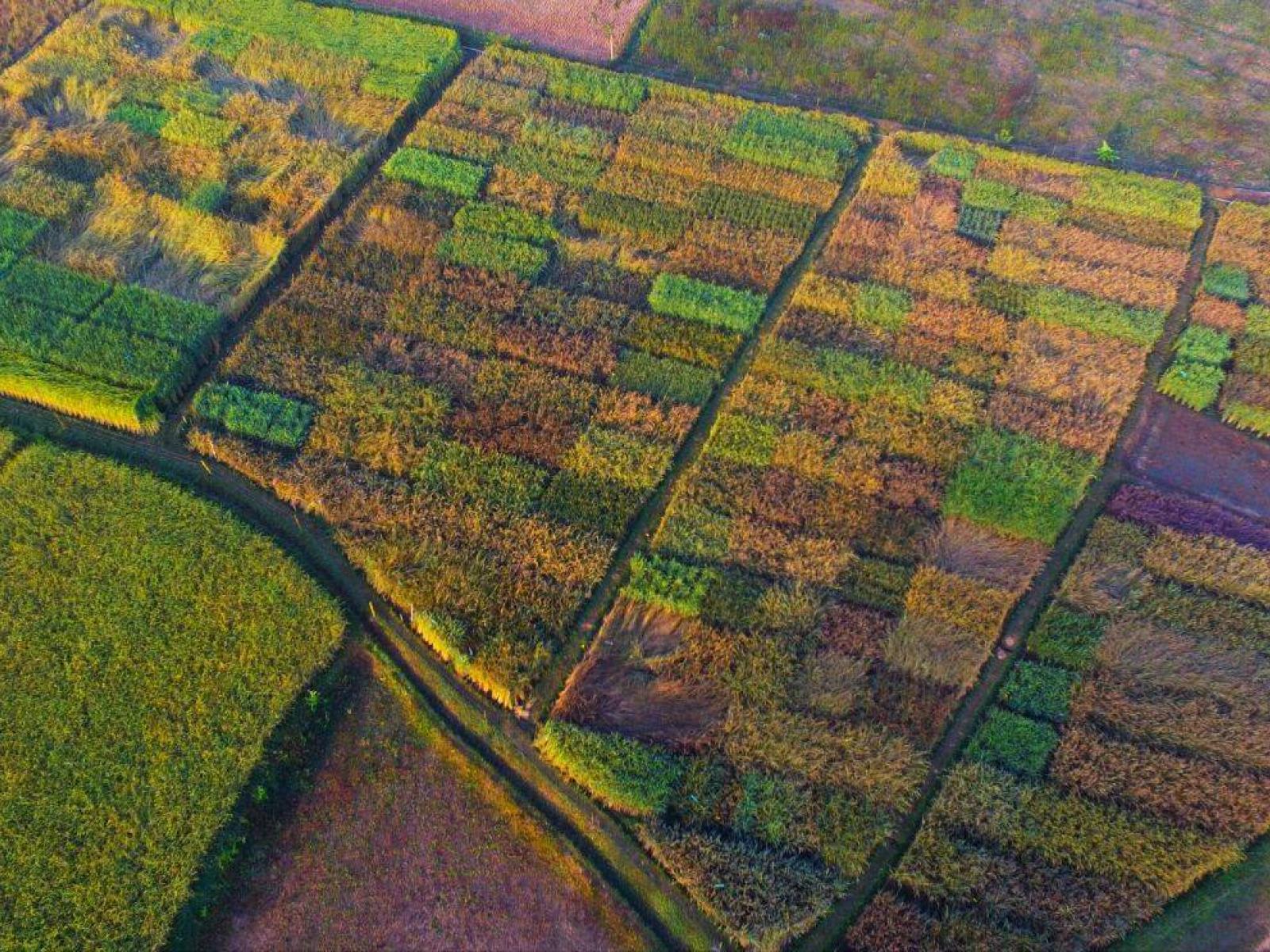An Overview Of Our Solution
- Population Impacted:
- Continent: Asia
Organization type
Population impacted
Size of agricultural area
Production quantity
People employed
Describe your solution
Describe your implementation
External connections
What is the environmental or ecological challenge you are targeting with your solution?
Describe the context in which you are operating
Through the Save our Rice Campaign (SoRC), more than 1,000 varieties are preserved and propagated every year in fields, and maintained in Rice Diversity Blocks (RDBs) and live seed banks across India. In 2011-12 SoRC conducted seed exploration trips in Kerala. Compared to 2010, there is a passion among farmers today for traditional seeds, and many have adopted them in their cultivation. Interestingly, the Agriculture Department is now interested in promoting these varieties. This development is seen in the other rice campaign states of West Bengal, Karnataka and Tamil Nadu as well. It is now also seen that many of these varieties also compete well with the HYVs, show a better resistance to pests and diseases, and most importantly adapt well to local climatic conditions. Some of them have excellent stress tolerance properties, and are highly suitable for changing climate conditions. The collection includes varieties that are scented, medicinal, palatable for different culinary purposes, recipes and so on.
How did you impact natural resource use and greenhouse gas emissions?
Language(s)
Social/Community
Water
Food Security/Nutrition
Economic/Sustainable Development
Climate
Sustainability
Infrastructural aid is needed for setting up the rice diversity block and seed bank initially. Farmer incomes are ensured through guaranteed purchase (often procured by government agencies themselves), whereas the initial capacity building through trainings needs grant funding to accommodate resource persons and knowledge tools for the farmers.
Return on investment
Entrant Image

